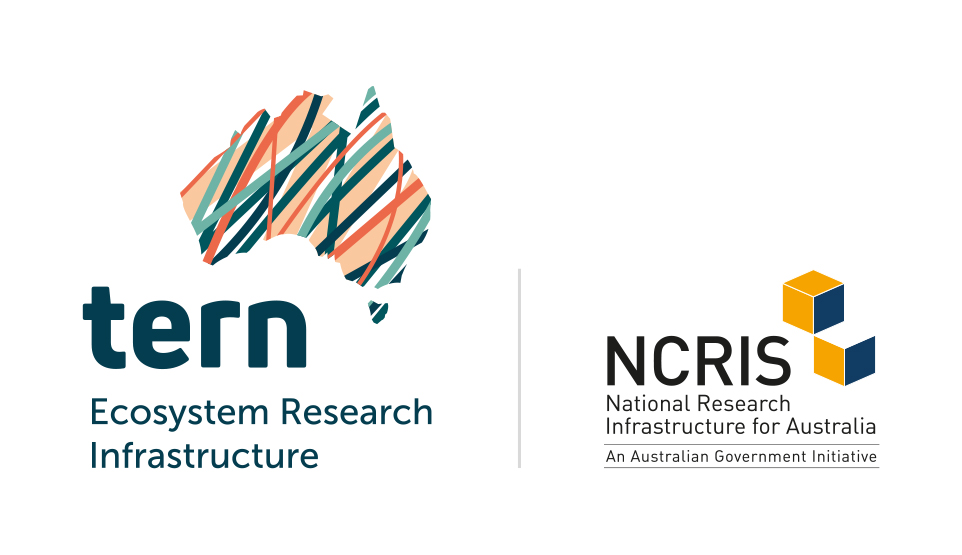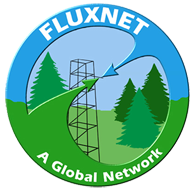
Introduction | Contacts | Purpose | Site Description | Measurements | DEM | Pictures
Purpose
The Litchfield flux station will provide nationally consistent observations of vegetation dynamics, faunal biodiversity, micrometeorology (climate, radiation, fluxes of carbon and water), hydrology and biogeochemistry to examine the impacts of fire regime, climate on carbon stocks and GHG emissions, and impacts on habitat quality via ongoing monitoring of vegetation structure and fauna. A wide range of ground based observations of vegetation structure and floristics is planned and all will link to remote sensing of fire and vegetation change over time. Co-location of Flux observations and remote sensing systems will be co-located to provide TERN with a ground-/air-/space based remote sensing observation stream. This will enable the development of tools describing fire occurrence, severity and associated greenhouse gas emissions, evapotranspiration and carbon sequestration
On-going fauna and flora monitoring will be undertaken at 5 sites within the SSS footprint that are component sites of the '3 Parks' data base, a long-term (15 years+) monitoring program across the 3 major national parks of the NT (Kakadu, Nitmiluk and Litchfield National Parks) that is examining the effects of fire frequency on vegetation structure and woody growth rates. Fire management, both protective and experimental burning regimes will be implemented across the SSS to assess impacts of fire on flora, fauna and biogeochemical cycles in savanna.
The tower will provide long-term measurements as part of the Ozflux network.
Key research questions
-
What are the impacts of prevailing fire regimes (primarily frequency, but also intensity, extent, heterogeneity) on vegetation structure and composition, habitat quality, fragmentation and vertebrate faunal biodiversity?
-
How does vegetation structure, climate drivers and fire regime influence savanna carbon sequestration rate?
-
How can fire management contribute to greenhouse gas abatement and carbon sequestration in savanna ecosystems?
-
What are the impact of climate change on fire regimes and subsequent feedbacks to savanna carbon and water cycles?


